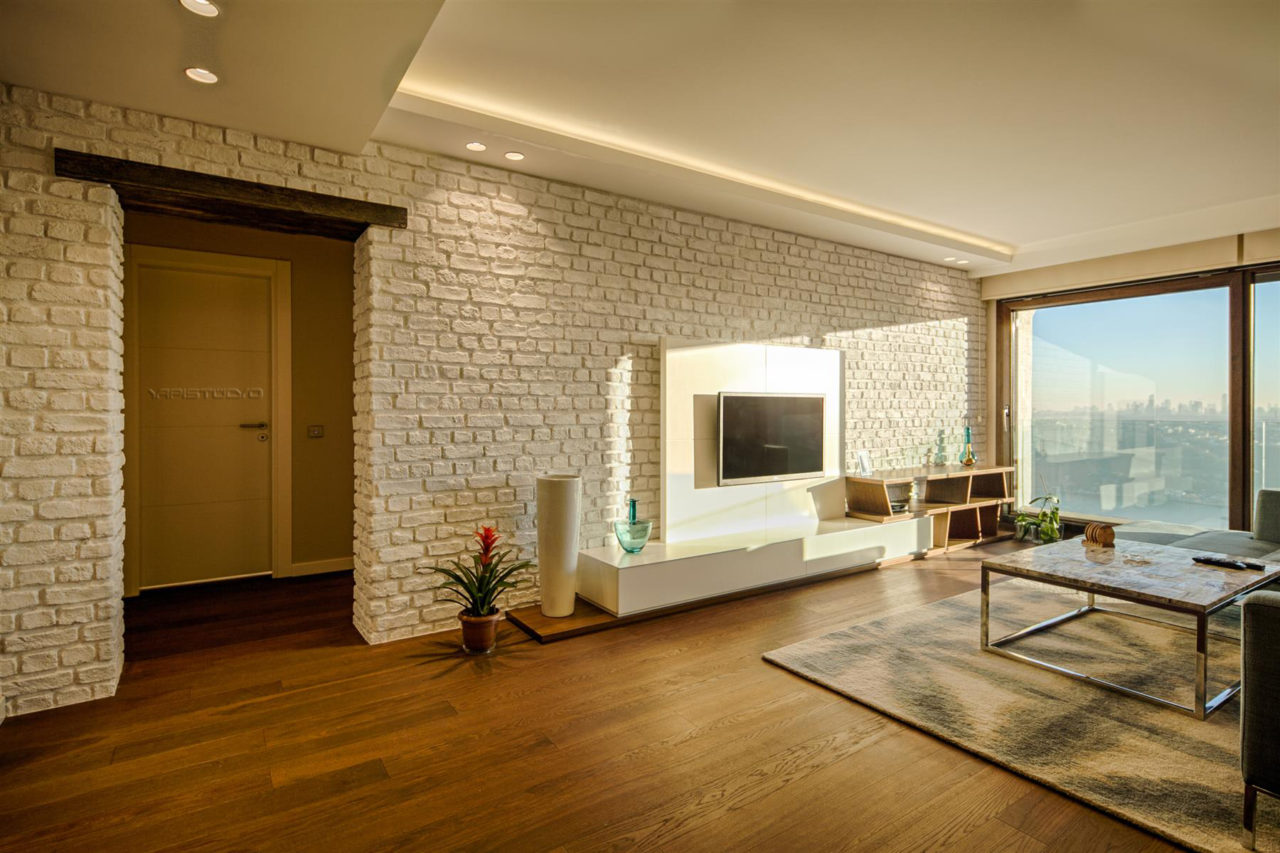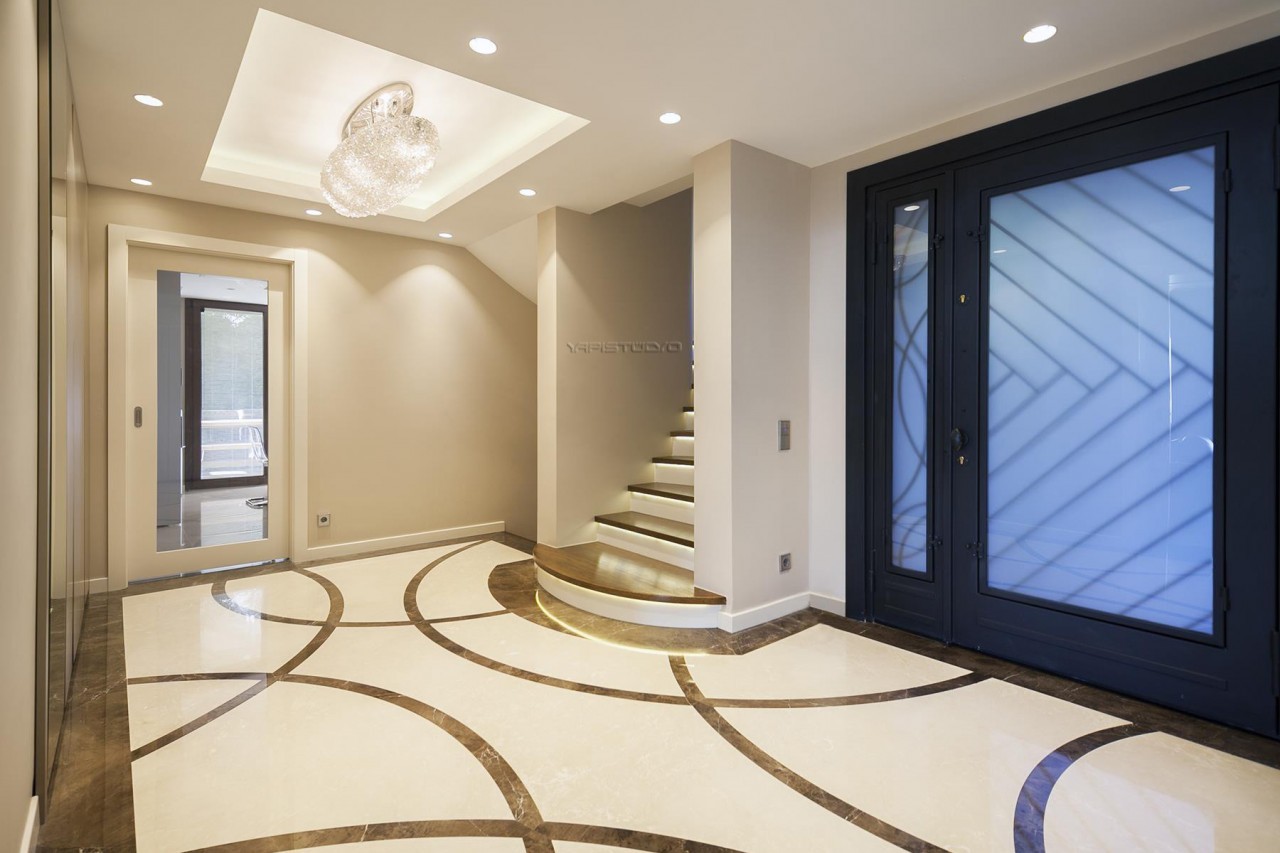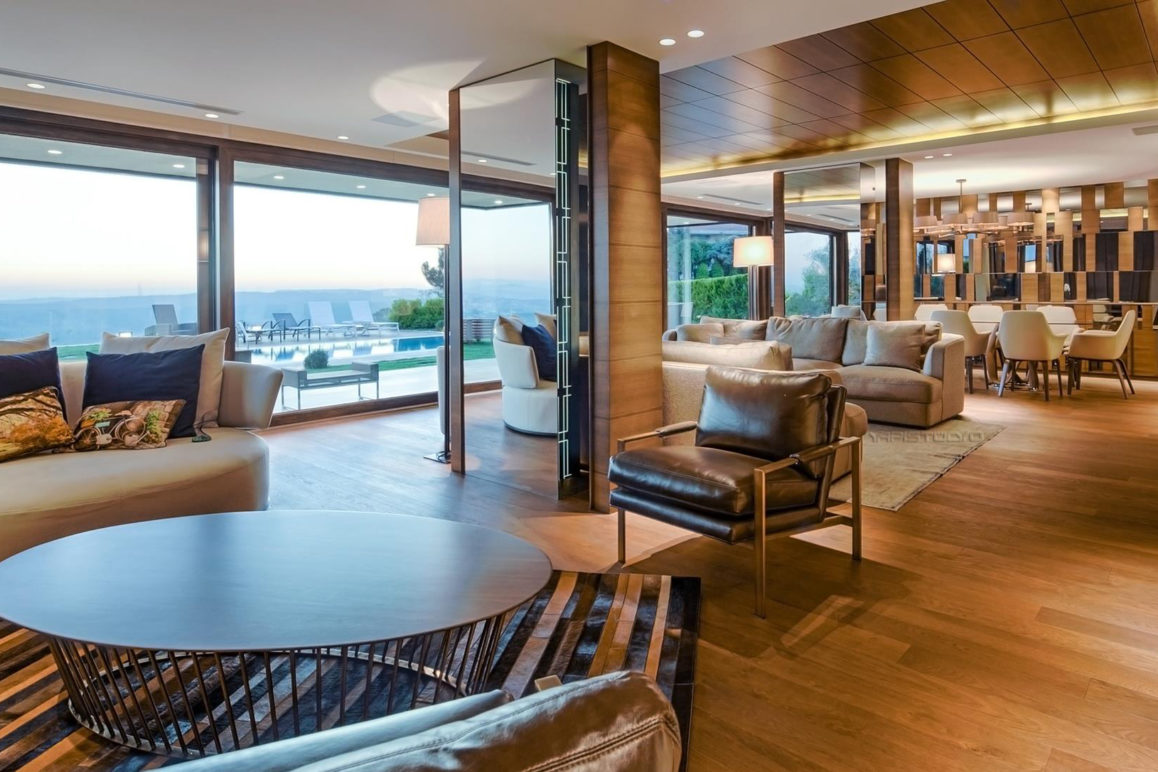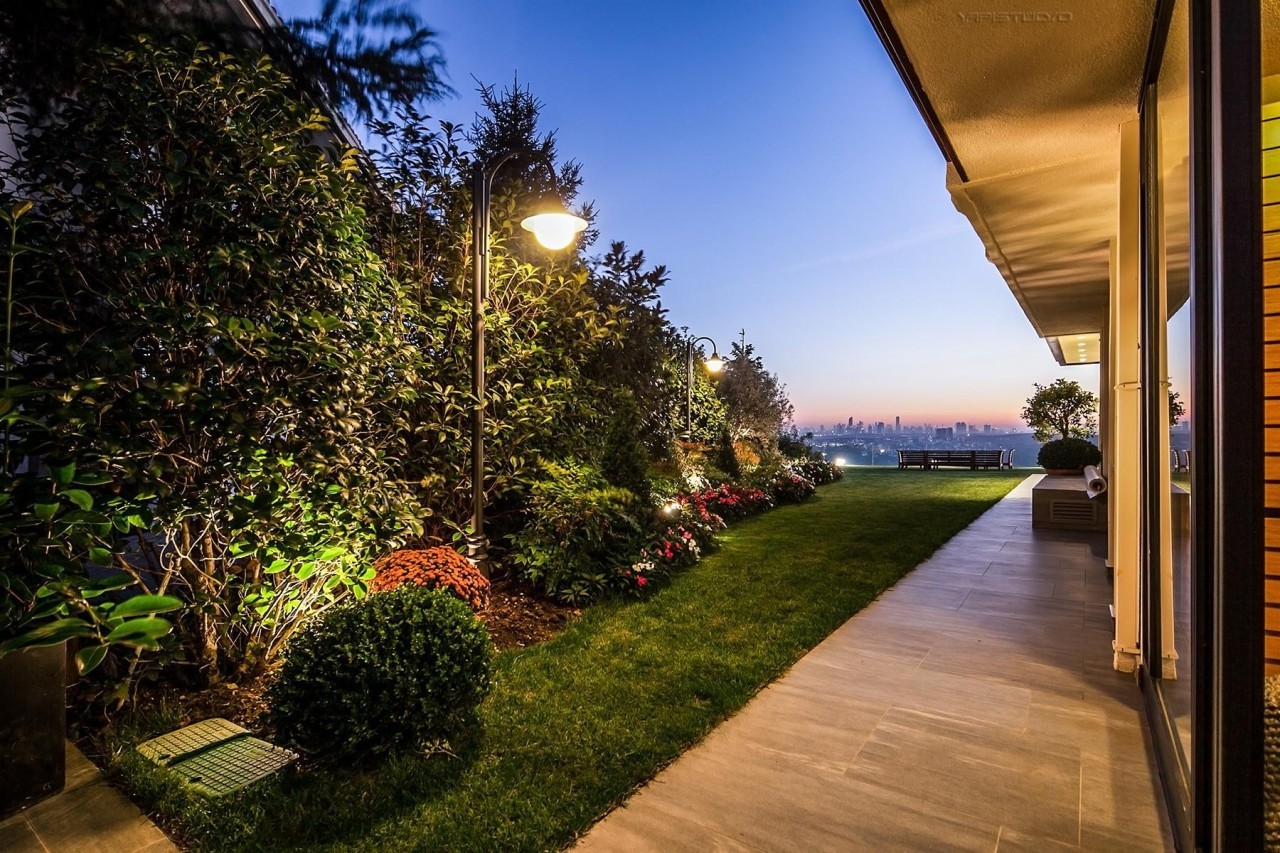Natural light is the lifeblood of any interior. As sunlight enters our interiors, spaces come alive, colors appear brighter, and our living spaces generally become more inviting. In this article, we examine the most effective ways to illuminate the interior of your home or workplace with natural light.
Optimize Your Windows
Windows play a key role in allowing natural light into our interior spaces. Therefore, thinking about the placement, size and design of your windows is the first step to making your space feel bright and lively. South-facing windows get plenty of sun all day long, while north-facing windows get less direct light, but that doesn’t mean they don’t provide balanced, soft light. By reviewing window placement in your home or office, you can make the most of the available light.
Increasing the size of windows or switching to more functional designs can maximize the penetration of natural light. For example, larger windows or French doors allow more sunlight to enter rooms. However, such changes may not always be possible. In such cases, the quality and properties of the glass become important. Double-glazed windows provide both thermal insulation and allow sufficient natural light to pass through. Additionally, UV filtered glasses help keep your space bright while blocking harmful sun rays.
The curtains and blinds you add to your windows also greatly affect the flow of light. Sheer or translucent curtains allow light in softly, while heavy curtains block out the light completely. Therefore, it is important to choose curtains according to the needs of your space and the light level you want. Adjustable blinds or roller blinds provide light control at different times of the day and add flexibility to your space.
External factors around windows can also affect the amount of light coming in. For example, if there is a large tree or other building in front of your window, this can block the light. In such cases, solutions such as pruning trees or changing window placement can be considered.
Finally, cleaning and maintenance of windows is also vital for light flow. Dirty or dusty windows block the passage of light and can make your space appear darker. That’s why it’s important to clean and maintain your windows regularly to ensure the best flow of light. With all these methods, you can optimize your windows and ensure that your space makes the most of natural light.
Reflect Light with Mirrors
Doğal ışığın iç mekanlara dağılımını artırmak için aynaların kullanımı, hem etkili hem de estetik bir çözümdür. Aynaları stratejik olarak yerleştirmek, bu ışık yansıtma etkisini maksimize eder. Örneğin, bir pencereye karşı konumlandırılan büyük bir ayna, doğrudan güneş ışığını alır ve bu ışığı odanın diğer bölgelerine yansıtır. Bu, ışığın odaya daha eşit bir şekilde dağılmasını ve karanlık köşelerin aydınlatılmasını sağlar. Ayna yerleşiminin yanı sıra, aynanın boyutu ve şekli de önemlidir. Daha büyük aynalar daha fazla ışığı yansıtır ve bu da daha büyük bir aydınlatma etkisi yaratır. Ayrıca, aynaları dekoratif bir unsur olarak da kullanabilirsiniz. Farklı şekillerdeki ve çerçevelerdeki aynalar, odanın tasarımına eşsiz bir dokunuş katar.
Aynaları yalnızca duvarlara asarak değil, mobilyalar üzerinde de kullanabilirsiniz. Örneğin, ayna kaplamalı bir sehpa veya dolap, odanın aydınlık hissini artırırken aynı zamanda modern ve şık bir görünüm de sunar.
Aynaları kullanırken dikkat edilmesi gereken bir diğer nokta ise, yansımanın yarattığı görsel etkilerdir. Aynalar, mekanın algılanan boyutunu değiştirebilir, bu yüzden yerleşimleri konusunda dikkatli olunmalıdır. Örneğin, karşılıklı iki duvara yerleştirilen aynalar, sonsuzluk etkisi yaratarak mekanı daha geniş gösterir.
Use Light Colors and Reflective Surfaces
It is extremely effective to use light colors and reflective surfaces to maximize natural light into your interior. Light colors, especially white and pastel tones, make spaces appear brighter and larger thanks to their light reflecting properties. Painting your walls with such colors helps natural light reach every corner of the room and increases the spaciousness of the space.
Reflective surfaces are a great way to multiply light and strengthen the brightness of the room. Shiny floors, metallic accessories and furniture with glass or glossy surfaces reflect light effectively, making the space appear larger and more open. Especially in dark or narrow spaces, the use of such reflective surfaces contributes greatly to making the space feel more inviting and lively.
Correct Placement and Arrangement
The placement of furniture and accessories is of great importance in using natural light effectively in interiors. This is especially critical to capture the best daylight and make the space appear larger and brighter.
It is important to avoid placing tall furniture in front of windows where natural light is intense. Such furniture can prevent light from spreading into the room. Instead, positioning lower furniture closer to windows allows light to reach a larger area of the room. For example, a low coffee table or a low bookshelf allows light to disperse into the room without being blocked.
It’s also important to consider the overall flow and usability of the room when placing furniture. Arranging the space in a way that provides a comfortable passage without clogging it up is beneficial in terms of both functionality and aesthetics. For example, instead of placing a large piece of furniture in the center of a room, arranging furniture closer to the walls leaves more empty space in the middle and allows light to flow freely.
Use Transparent and Semi-Transparent Materials
Using transparent and translucent materials is an effective method so that natural light can circulate freely in your space. Such materials do not block light, but rather help it spread over a larger area in the room. Furniture such as clear glass tables, chairs or coffee tables allow light to pass through unobstructed, making the space appear more spacious and spacious.
Translucent materials, especially when used on curtains, soften the light and add a pleasant ambience to your room. These materials filter direct sunlight, ensuring that the light emitted into the interior is more balanced and soft. They also balance the need for privacy and limit visibility from the outside.
This strategy can make a big difference, especially in small and tight spaces. By using transparent and translucent materials, you can make your space feel lighter and airier. In addition, these materials provide an aesthetic contribution to your interior design by offering a modern and stylish appearance. This way, you not only allow natural light to circulate freely in your space, but also achieve visual spaciousness and style.
Create a Natural Environment with Plants
Plants are not only an aesthetic element in interior design, but also play a key role in creating a healthy and natural environment. Plants filter natural light and create a soft and relaxing atmosphere in your space, offering both visual and physical refreshment.
Plants placed near windows can receive direct sunlight and make this light softer, increasing the overall brightness of the space. Additionally, plants contribute to healthier indoor spaces by improving air quality. By converting carbon dioxide into oxygen through the process of photosynthesis, plants help filter toxins from the air.
When choosing plants, it is important to choose species that suit the light conditions of your space. Plants that do well in low light conditions are ideal for rooms with little light, while plants that love sunlight thrive better near windows. You can also add depth and diversity to your space by using plants of different sizes and types.
You can include plants not only on the floor, but also in your space by using wall hanging pots or ceiling hanging baskets. This allows you to use vertical space effectively, especially when floor space is limited. Additionally, vertical gardens created with plants add a unique character to your space as a visually impressive element.
Natural Light Tunnels and Skylights
Natural light tunnels and skylights offer excellent solutions to bring light to interior spaces where natural light is scarce. These systems can replace artificial lighting and save energy by moving direct sunlight from the roof to the interior.
Skylights are glass panels mounted on the roof and let in direct sunlight. This is especially ideal in lofts or other areas where the interior cannot receive natural light. Skylights fill the space with natural light, creating a more spacious and airy feel. Additionally, it creates a natural atmosphere by bringing starry nights or the sound of rain into your home.
Natural light tunnels, on the other hand, carry light into the interior through a tunnel from the roof. These tunnels are especially suitable for areas where there are no windows, such as corridors, bathrooms or closets. Thanks to the reflective interior surfaces, daylight is directed through the tunnel and can reach the darkest corners of the space.
Smart Home Automation
Smart home automation systems are revolutionizing the efficient use of natural light. By optimizing daylight and indoor lighting, these systems can automatically adjust lighting levels to suit your space, as well as saving energy. For example, automatic curtains or blinds adjust according to the position of the sun, providing the ideal light level for your space throughout the day. This prevents the interior from overheating, especially during peak sun hours, and increases energy efficiency.
Smart lighting systems automatically activate artificial light during hours when natural light decreases. Thus, the ideal lighting level is maintained for all hours of the day. Smart home automation can be customized according to users’ needs and controlled remotely. This adapts to the lifestyle of users and makes their spaces more comfortable, convenient and energy efficient. With smart home automation systems, you can find the perfect balance of natural and artificial light and manage your space more intelligently and sustainably.
Correct Lighting Design
Proper lighting design is critical to ensuring interior spaces feel bright and inviting when natural light is in short supply. Lighting solutions that mimic the natural light effect help improve the overall atmosphere of the space. Adjustable and warm-toned LED lights reflect the softness and warmth of natural daylight. Layered lighting designed for different parts of the space reduces shadows and makes the space appear deeper.
Lighting should capture the spirit of the space as both a functional and decorative element. The selection of lighting fixtures should be compatible with the design of the space and at the same time provide sufficient light level. Wall sconces, suspended ceiling lights and floor lamps create balanced lighting according to the different needs of the space. With the right lighting design, you can ensure that your space has a warm and pleasant atmosphere, even when natural light is lacking.




